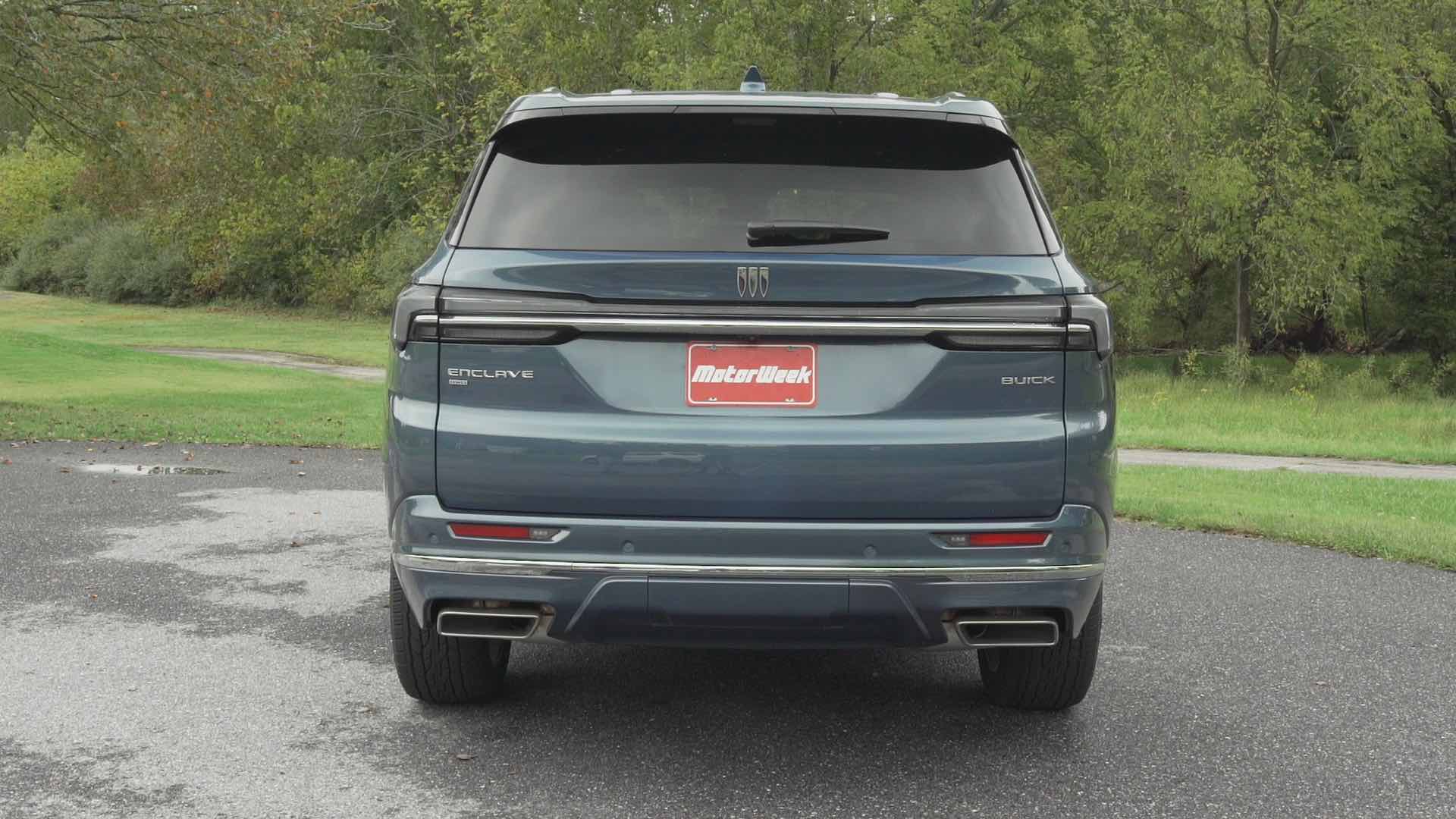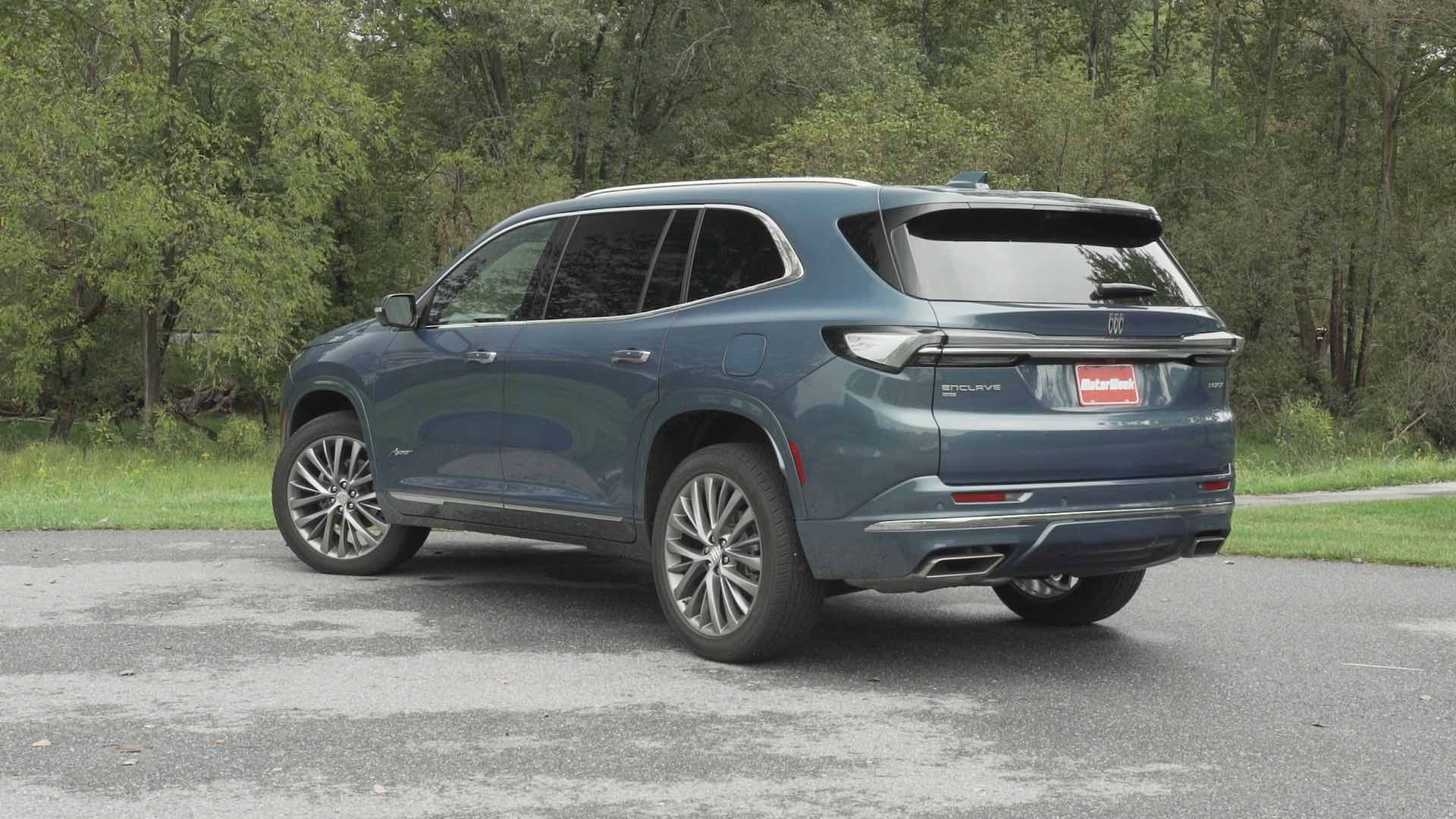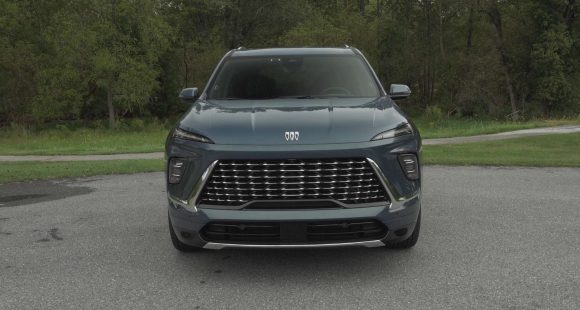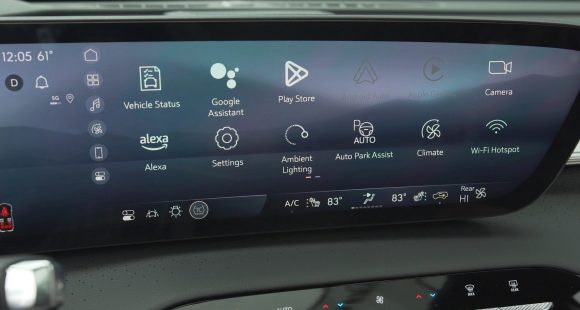2014 Nissan Rogue
After what has to be one of the longest life cycles for a compact crossover, six model years, the second generation of the nissan rogue has finally arrived for 2014. But there’s nothing wrong with taking your time, if the result is worth the wait. Especially if you bring something unexpected to the party. And that’s exactly what the new rogue does.
It may have taken awhile for the 2nd generation, 2014 Nissan Rogue to arrive, but its arrival will not go unnoticed by the rest of the compact crossover segment as Nissan is making a serious attempt to grab a much bigger piece of the market. And we can all agree that in order for that greedy sales grab to take place, the Rogue will need to stand out more than before; so Nissan has brought about much change.
 This is an all new chassis, one that will be sold globally; and while the overall length is actually down an inch to 182.3-inches, wheelbase, width, and height are all up. The upgraded looks feature lots of flowing lines and substantial wheel arches; all very reminiscent of the Rogue’s big brother Pathfinder. But the Rogue’s grille with its narrowed U shape is all its own.
This is an all new chassis, one that will be sold globally; and while the overall length is actually down an inch to 182.3-inches, wheelbase, width, and height are all up. The upgraded looks feature lots of flowing lines and substantial wheel arches; all very reminiscent of the Rogue’s big brother Pathfinder. But the Rogue’s grille with its narrowed U shape is all its own.
And that slick new shape not only looks great but cuts through the air even better and works with an uprated CVT transmission to raise all-wheel-drive Government Fuel Economy Ratings to 25-City, 32-Highway, and 28-Combined. The Energy Impact Score is also very good for a crossover at 11.8-barrels of annual oil consumption with yearly CO2 emissions of 5.3-tons.
And while few mainstream compact crossovers deliver notable driving enjoyment, and none provide extreme levels of comfort, the Rogue has enough of both to keep your commute enjoyable and vacation time very pleasant. Active Trace Control uses selective braking to mitigate understeer and Active Ride Control goes one step further by using brakes and engine torque to reduce both vehicle vibration and body motion.
And there was a definite attempt by Nissan to go more premium on the inside, with very good material quality as well as more features like Nissan Connect.
 But the most unexpected surprise by far is a new 3rd row option for 7-passenger seating. Access is aided by the EZ Flex sliding second row. But, as Rogue is still a compact, 3rd row space is expectedly tight, best fit for small children. Still, most rivals don’t offer comparable versatility. And, even with the 3rd row in place there’s 9.4 cubic-ft. of luggage space. Capacity behind the second row is 32.0 cubic-ft.
But the most unexpected surprise by far is a new 3rd row option for 7-passenger seating. Access is aided by the EZ Flex sliding second row. But, as Rogue is still a compact, 3rd row space is expectedly tight, best fit for small children. Still, most rivals don’t offer comparable versatility. And, even with the 3rd row in place there’s 9.4 cubic-ft. of luggage space. Capacity behind the second row is 32.0 cubic-ft.
And with both rows folded, there’s a mid-size like 70.0 cubic-ft. And a trick divide-‘n-hide cargo management system helps you keep things organized. Working our way forward, new Zero Gravity front seats offer excellent comfort for drives both long and short.
But the newness doesn’t make it all the way forward however, as under the hood is the same QR25DE 2.5-liter I4 as before. There are updates in the name of efficiency, but horsepower and torque are unchanged at 170 and 175 lb-ft. And the usual excessive engine noise that accompanies a CVT is on full display as you work your way from a stop light, or in our case, down a drag strip.
Power is a tad soft at launch, but once those RPM’s reach their steady peak it feels fairly decent. The simulated shifts feel more like bouncing off a rev limiter and don’t really seem to help times. 0-60 takes a leisurely 8.9-seconds, with a slow quarter mile of 16.9-seconds at 83 miles-per-hour.
The fully independent front and rear suspension with stabilizer bars and twin tube shocks performs above average, provided you keep inputs smooth thus keeping the aggressive traction control from engaging. Except for some pretty hard nose dive, braking performance is also good, with stops averaging 126-feet.
 Safety conscious families can opt for one of the two Premium packages to add a Blind Spot Warning system, as well as Lane Departure Warning and Moving Object detection.
Safety conscious families can opt for one of the two Premium packages to add a Blind Spot Warning system, as well as Lane Departure Warning and Moving Object detection.
As for prices, they slot in nicely against compact CUV rivals, starting at just $23,350. Top level SL trim begins at $28,930; and all-wheel-drive can be added to any Rogue for 13-hundred-50 dollars more.
While it was definitely long overdue for a re-design, it looks to have been worth the wait; as the 2014 Nissan Rogue appears to be a much more serious player in the segment. That’s good news for Nissan and good news for buyers looking for unexpected largess in a compact crossover.
Specifications
- Engine: 2.5-liter I4
- Horsepower: 170
- Torque: 175 lb-ft.
- 0-60 mph: 8.9-seconds
- 1/4 mile: 16.9 seconds @ 83 mph
- EPA: 25 mpg city/ 32 mpg highway
- Energy Impact: 11.8 barrels of oil/yr
- CO2 Emissions: 5.3 tons/yr
2025 Buick Enclave
Buick’s Biggest Utility Gets More Premium Look, Less Premium Powertrain
Buick is now an all SUV brand with the three-row Enclave sitting at the top of their lineup. And for this all-new third generation, it looks like Buick has finally given it the true flagship treatment it deserves. Reason enough for us to see what else new this posh performer has in store.
Don’t think of this 2025 Buick Enclave as just a new third generation of Buick’s largest three-row SUV, but more of a total reboot for a luxury segment pioneer. Part of that reinvention is swapping out the 3.6-liter naturally aspirated V6 engine, that has been the heart of this large crossover since it arrived on the scene for 2008, for a new 2.5-liter turbocharged four-cylinder.
Though using two fewer cylinders, it rates 18 more horsepower at 328. The gain in torque is even greater, climbing from 266 to 326 lb-ft.
Power from a start and when tooling around town feels pretty good, but you do notice that engine working hard under the hood; there is more engine noise and it’s not as smooth as many competitors who have also made the switch to turbo-four power. Max towing rating remains at 5,000 lbs. The new standard automatic transmission loses a gear, dropping from nine to eight, a simplifying move we applaud. All-wheel drive is a $2,000 option with all trims.
The Enclave rides on the same front-wheel-drive based chassis that supports the Chevrolet Traverse and GMC Acadia. It remains the most luxurious of the three, though all have made big upward strides. And that luxurious feel is very evident inside where things appear special without flaunting it. Materials are vastly improved over the last gen, especially in top Avenir trim which is the choice for most Enclave buyers.
Front seats are very comfy, well suited for long days of highway travel. It’s hard to miss the 30-inch ultra-wide display, similar to Cadillac’s. It is big, but not intimidating as operation is very logical and you can easily configure things as you want them, including bringing the nav screen up full in front of the driver.
Front seats are very comfy, well suited for long days of highway travel.
Between the seats is a very substantial console with lots of storage space and standard wireless phone charging. There is definitely room for full-size adults in all three rows of seating. Big, plush captain’s chairs with all trims for the second row; and a less plush but still comfortable three-place third row.
GM’s Super Cruise has now made it to Buick’s lineup, available as a standalone package for any trim. It remains a favorite of ours for hands-off highway cruising. Despite feeling adequately powered on the street, the Enclave’s turbo-four felt a little out of its element at our Mason Dixon Dragway test track. There was very little jump off the line, just a slow wind up to 60 of 8.0 seconds, with the quarter-mile completed in 16.0 seconds flat at 92 mph.
We could really feel the Enclave’s weight in our handling course, about 150-lbs. over last year, even with less motor under the hood. But there was very little body roll, and no excessive oversteer or understeer. In panic braking runs, there was good feel through the pedal, and solid stops from 60 averaging a fine 111 feet.
To all of our eyes, the Enclave is bigger yet much better looking than before. Now more sophisticated using Buick’s PURE philosophy which emphasizes Purity in design, Unexpected details, Refined finishes, and Exceptional execution.
With all-wheel drive, Government Fuel Economy Ratings are 19 City, 24 Highway, and 21 Combined; we managed a great 24.9 mpg of Regular. That’s a slightly below average Energy Impact Score, consuming 14.2 barrels of oil yearly, with 7.0 tons of CO2 emissions.
No more Essence or Premium Enclaves, as the new gen brings new trim names along with it; the base option now being Preferred which starts at $46,395, and unless you choose white, you’ll be paying extra for all exterior colors. Just a short step from there to the Sport Touring for $48,795, and then a much bigger bounce up to Avenir at $59,395.
With so many big utes now aimed at luxury and near luxury buyers, it’s getting harder and harder for Buick to stand out. Being an all-utility brand, with one of the freshest lineups in the industry, will no doubt help. The 2025 Buick Enclave is a very stylish, well-equipped, well executed large three-row crossover that’s priced right.
Specifications
As Tested
- Engine: 2.5-liter turbo-4
- Transmission: 8-speed automatic
- Horsepower: 328
- Torque: 326 lb-ft.
- EPA: 19 City | 24 Highway | 21 Combined
- 0-60 mph: 8.0 seconds
- 1/4 Mile: 16.0 seconds at 92 mph
- Braking, 60-0 (avg.): 111 feet
- MW Fuel Economy: 24.9 mpg (Regular)



































